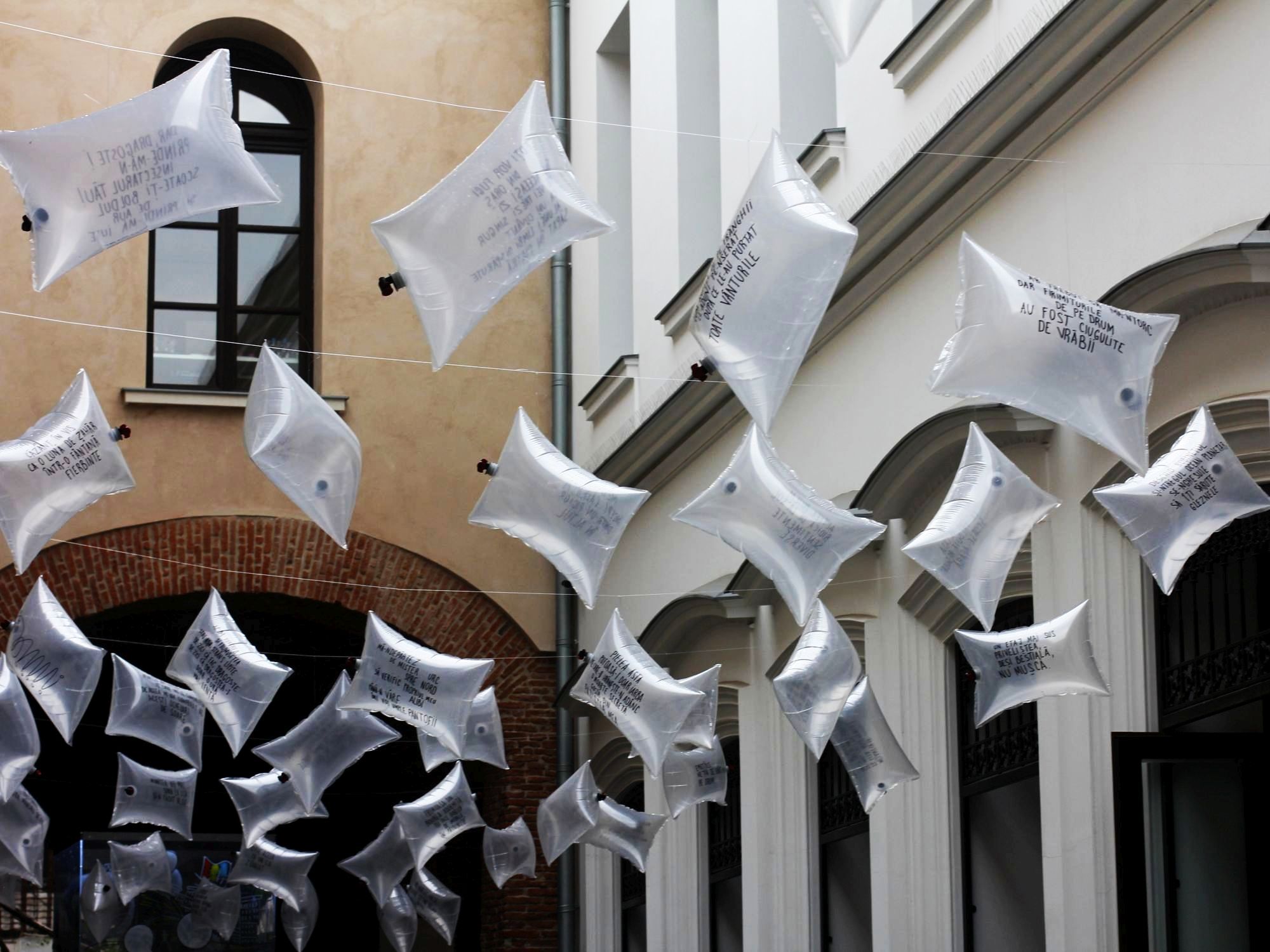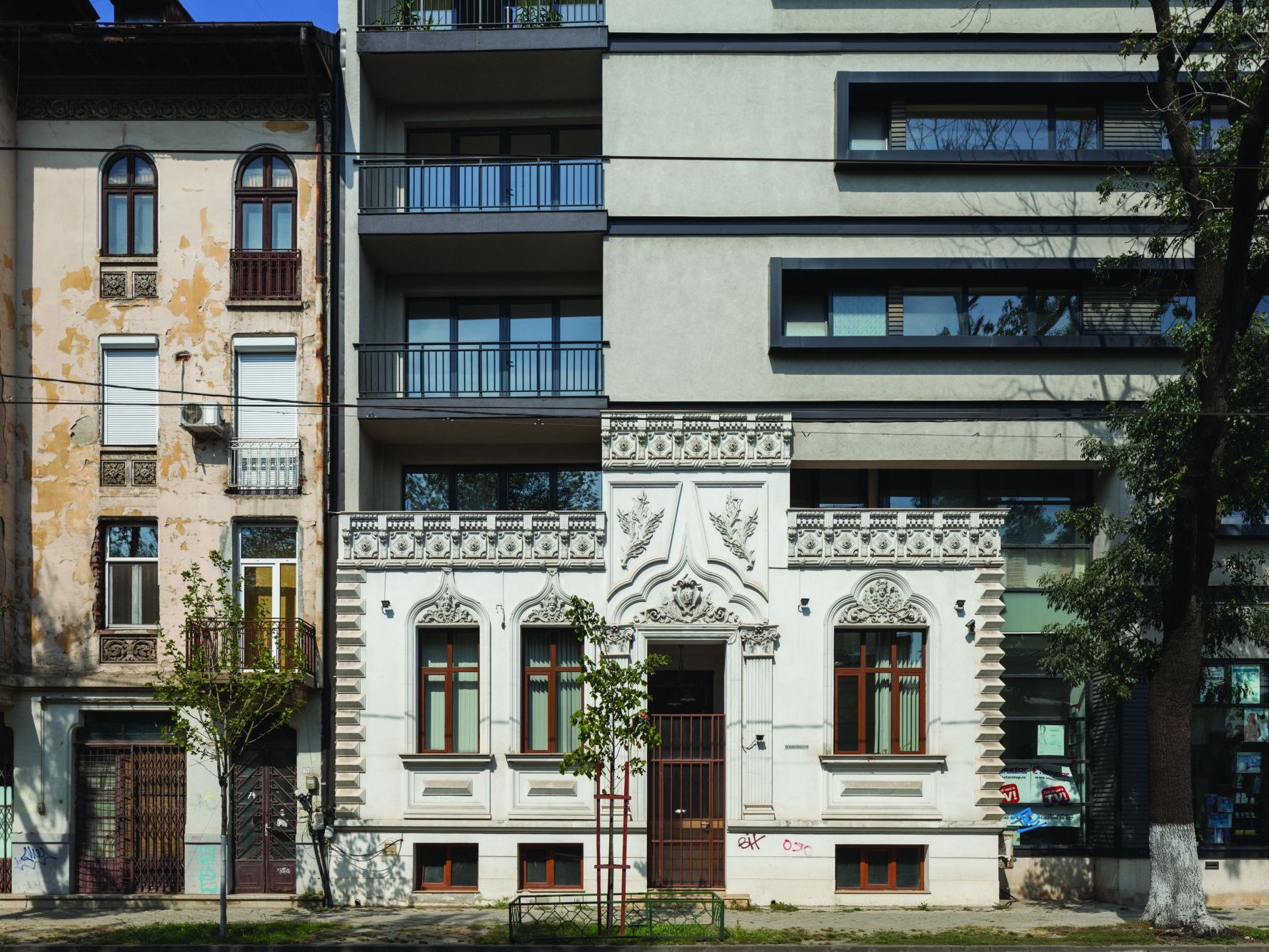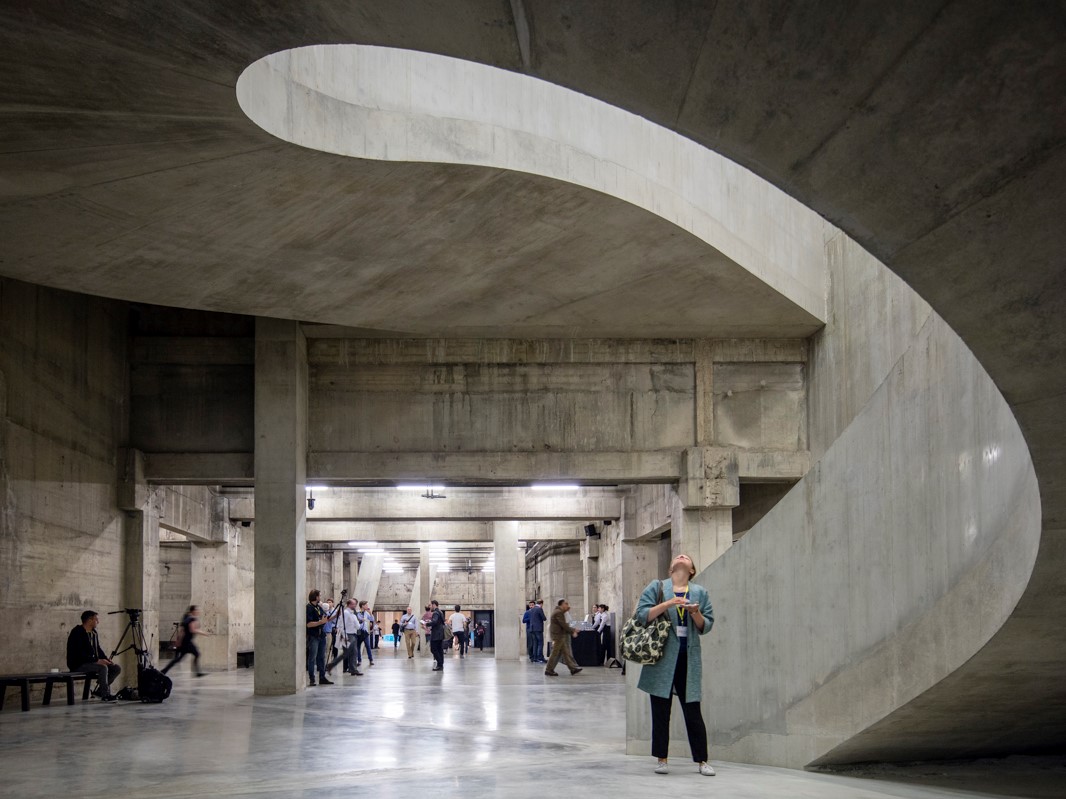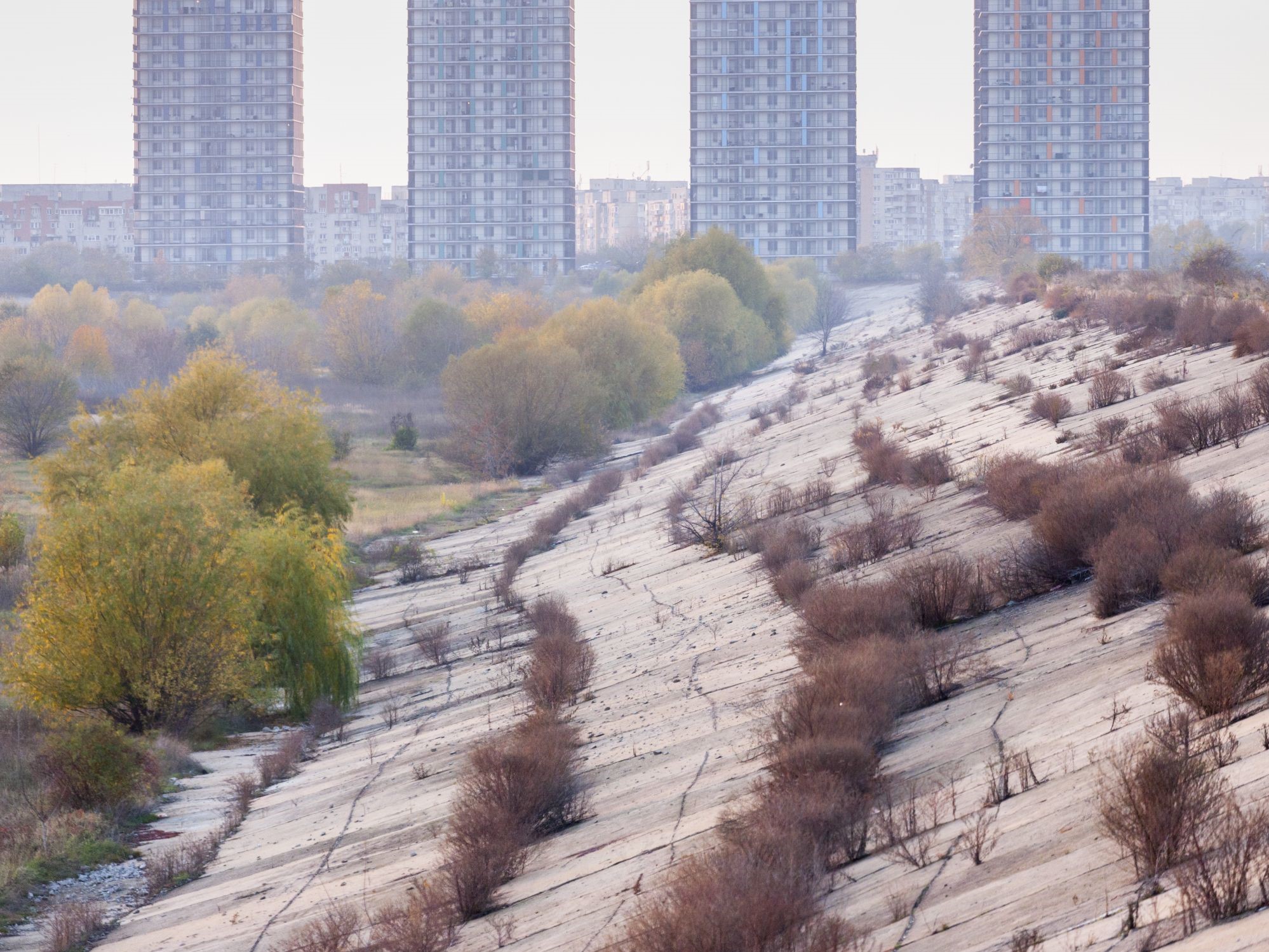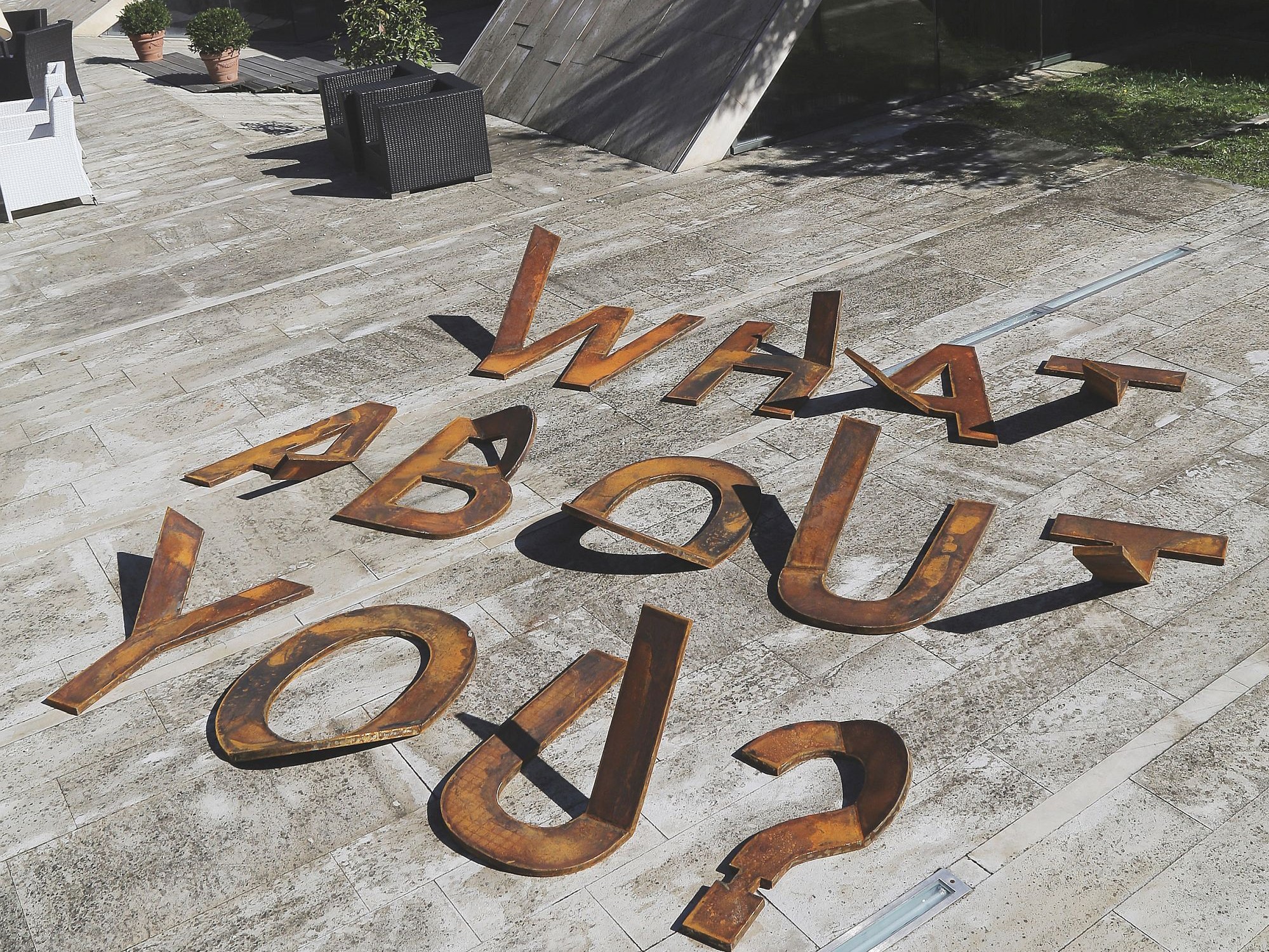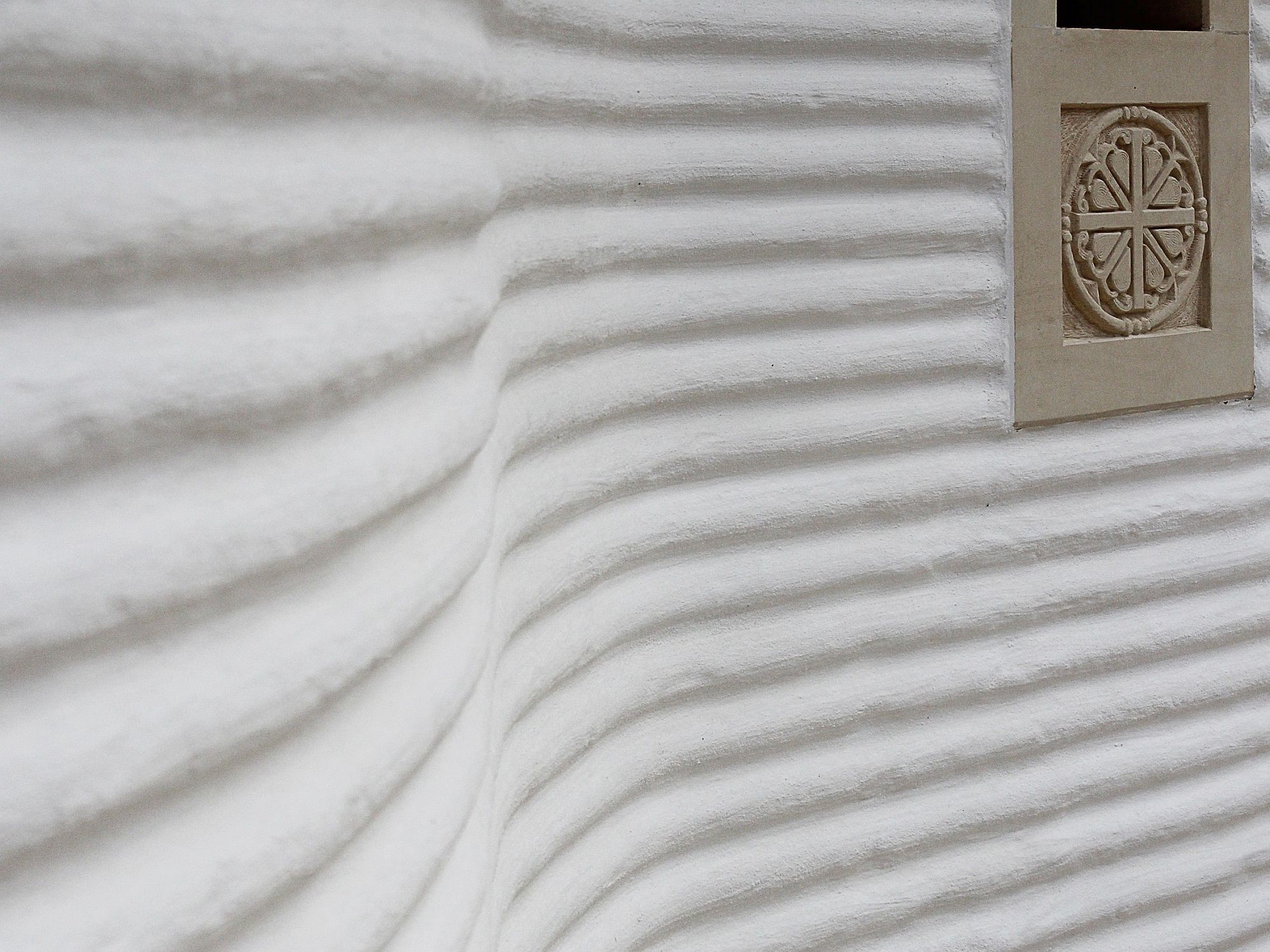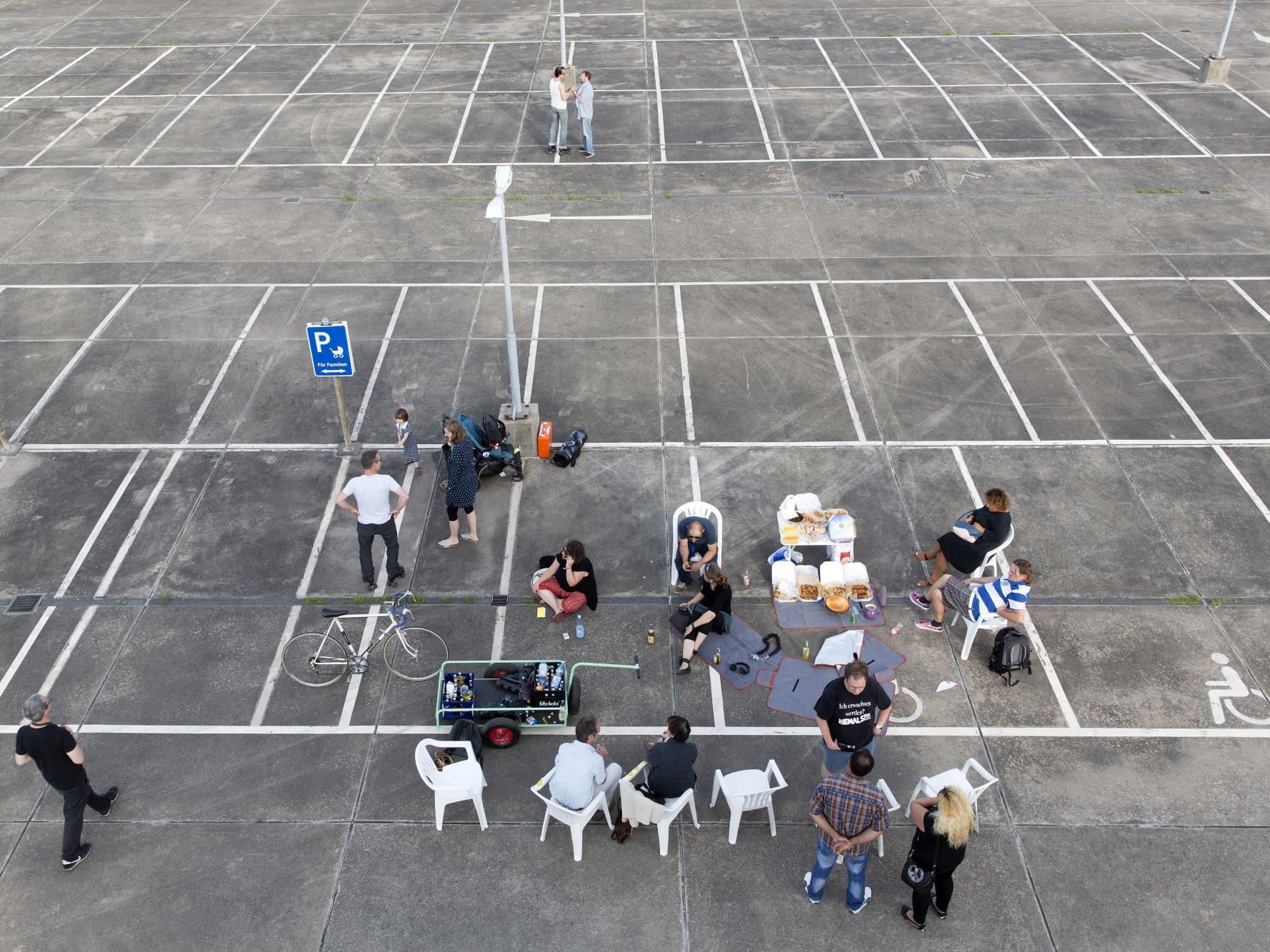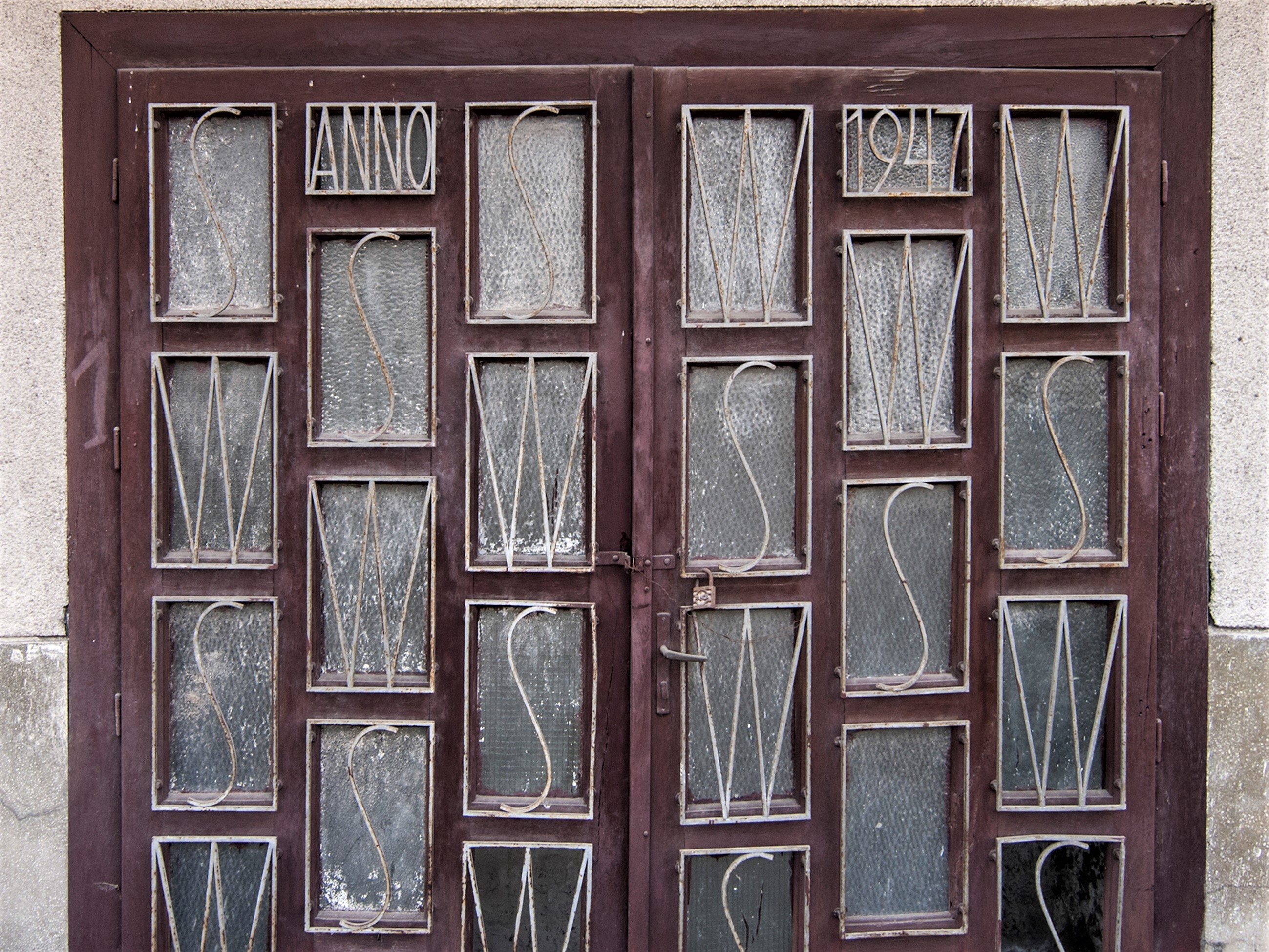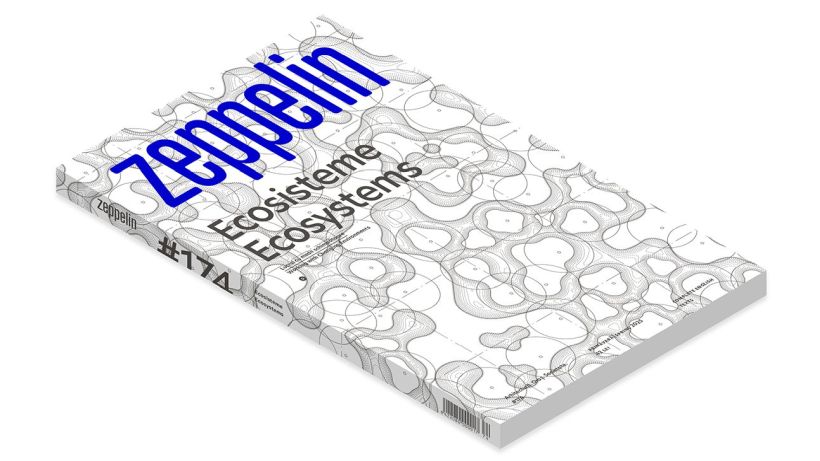Text, photo: Mugur Grosu
A story told by Witold Gombrowicz pops into my mind occasionally: if you see a crab overturned on the beach, shaking its legs, unable to turn by itself, you will probably feel sorry that it might die if you left it like that, you will bend and you will put on back on its feet. But what if you noticed then that the beach is in fact full of crabs overturned by the storm, what do you think you might do? How many times will you bend, and how many will you try to save on the endless beach, until you will tell yourself that it is not your job, after all?
- Recommend on FacebookTweet about it
Text, foto: Vallum
“The salt road from Sovata” project confronted us with a major problem: how to arrange the visiting infrastructure for hundreds, even thousands of tourists in a nearly untouched reservation of 70 hectares, located in the centre of the spa town.
- Recommend on FacebookTweet about it
Text: Ștefan Ghenciulescu
Photo: Tudor Prisăcariu, Ștefan Tuchilă, Ștefan GhenciulescuIt all looks like a movie set gone crazy. You walk down the streets and alien constructions emerge behind some walls with cherubs and capitals. Or, conversely, familiar buildings seem to have undergone very bad plastic surgery, that shaved off layers of their skin and have irretrievably damaged their faces.
- Recommend on FacebookTweet about it
Text & Photo: Laurian Ghiniţoiu
The beginning of June 2016 was marked by the opening to the public of two buildings by Herzog & de Meuron: Switch House—an extension of The Tate Modern, and the Schaudepot at Vitra Campus, a new exhibition space for the Vitra furniture collection.
The opportunity to document the New Tate was a good reason for me to be revived by the noisy London, and Very shortly after, more by chance than for a precise purpose, I happened to visit Vitra, 2 years since my last time there.- Recommend on FacebookTweet about it
Text: Mihai Duțescu
Photo: Andrei MărgulescuUnlike Rahova or Berceni, or other neighborhoods with clearly defined boundaries, Vitan – at least the way I see it – is a large nebula. Rather than a delimited territory, it’s a neighborhood where mythology beats materiality by far, where abstractions are more consistent than the actual physical features of the place. Perhaps because, after Ceaușescu’s bundle of demolitions of the old historical fabric developed along the commercial Vitan/Dudești roads, there was almost nothing left, the new chunk of the city which has been placed in its stead has nothing special.
- Recommend on FacebookTweet about it
Text: Levente Szabó
The Romanian Order of Architects, Timiș County Branch started an exciting venture in 2016 by organizing a series of regional events, which – not only for actors shaping the architectural public life in the narrow region – provided an example of what openness, curiosity of each other’s best practices and the willingness to cooperate might mean, particularly when these efforts are strengthened by a professional program organizing.
- Recommend on FacebookTweet about it
The project for Church of the Psychiatry Hospital in the village of Voila does not copy images, interpreting instead a spatial and structural logic
Project & text: Ana-Maria Goilav Guran
Photo: Costin Gheorghe, Emil Cosma- Recommend on FacebookTweet about it
Text: Stefan Ghenciulescu
Foto: Rainer Schlautmann, Sebastian AsieduWhich things make a city? But what about a good city? In September, a dragon, a chewing gum museum, a storyteller with love letters, a garden in the middle of the street and several other invaders slipped into a city of the Ruhr and questioned its identity and future. I was visiting the new city proposed by curators and artists and this is my story about it.
- Recommend on FacebookTweet about it
Text: Ştefan Ghenciulescu
Photo: Dan PuriceWhat caught my eye from a distance was a small modernist building in Timişoara – simple, elegant, dainty and thus highly representative of our nice and moderate interbel¬lum. It was only when I came within a few feet of the building that I was able to notice the Art Deco monogram indicating the construction date—a typical feature of those times. That’s when I froze—the year did not belong to the 1930s, as I had expected. It was 1947. The inter-war building had not in fact been built during the inter-war period. Its owners finalized its construction and flaunted it in front of the whole world the very same year their own universe fell apart.
- Recommend on FacebookTweet about it
A small community, in a recent district belonging to a provincial romanian town, Mizil, gets its wooden church.
Project, text, photo: Abruptarhitectura – Cristina Constantin, Cosmin Pavel
Caught between the highway and the railway, plans for the new district appeared immediately after the revolution. Thus the authorities tried to regulate the people’s reawakened need for building a house. The place was called either “Han” (“Inn”), based on the name given to a nearby manor house, or “Dallas”, based on the fantasies of the era.
- Recommend on FacebookThis website uses cookies to improve your experience. We'll assume you're ok with this, but you can opt-out if you wish.Accept Read MorePrivacy & Cookies Policy
Privacy Overview
This website uses cookies to improve your experience while you navigate through the website. Out of these, the cookies that are categorized as necessary are stored on your browser as they are essential for the working of basic functionalities of the website. We also use third-party cookies that help us analyze and understand how you use this website. These cookies will be stored in your browser only with your consent. You also have the option to opt-out of these cookies. But opting out of some of these cookies may affect your browsing experience.Necessary cookies are absolutely essential for the website to function properly. This category only includes cookies that ensures basic functionalities and security features of the website. These cookies do not store any personal information.Any cookies that may not be particularly necessary for the website to function and is used specifically to collect user personal data via analytics, ads, other embedded contents are termed as non-necessary cookies. It is mandatory to procure user consent prior to running these cookies on your website.

